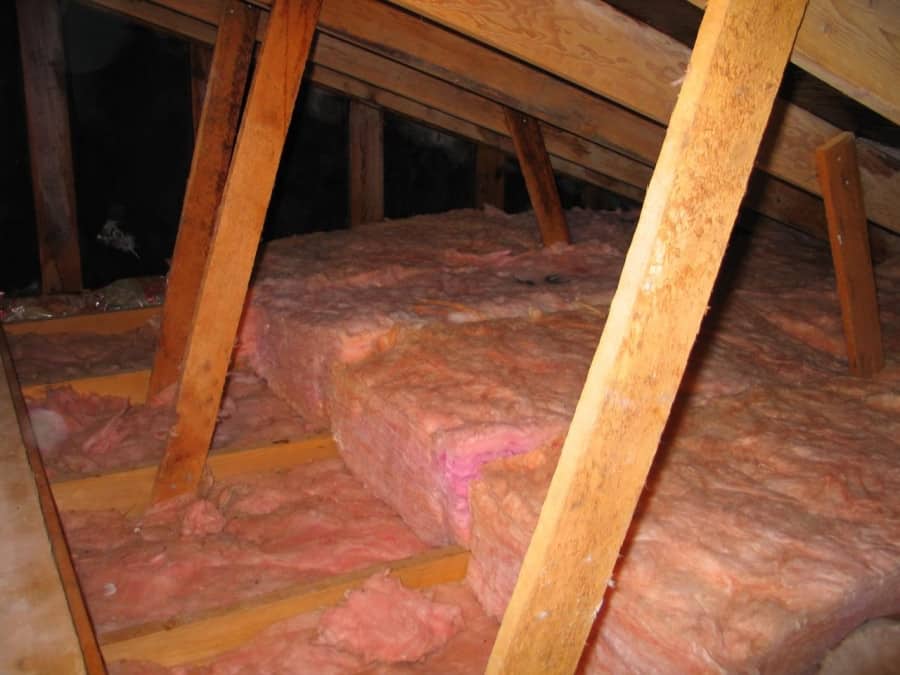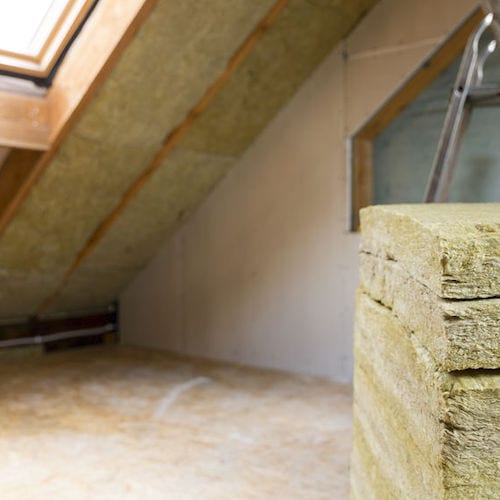Will Wet Attic Insulation Dry Out

You can also check for condensation on the windows or a mildew like odor within the space.
Will wet attic insulation dry out. Once dry return the insulation to the wall or floor cavity where it came from. Let the insulation dry out. Saturated insulation typically loses at least 40 of its insulating r value. You can also identify moisture problems in the attic by the formation of condensation on windows and glass surfaces.
When fiberglass insulation gets wet water droplets displace the air in the spaces between the fine glass fibers which greatly reduces the material s thermal and acoustic. Small black and or greenish colored dots on insulation boxes or other materials is a sign of an exceedingly high moisture content in the air. Though attics are typically hot and dry a leaky roof or pipe condensation or severe weather can cause water to enter your attic. How to dry out an attic.
Wetness existing even just for a few days will not only reduce the insulating quality of the insulation but it might not dry soon enough to prevent mold and wood decay from. If possible remove the affected batts and transfer them to a warm place to dry. Loss of insulating value. Open the windows at the first sign of moisture and use fans to help speed drying.
Wood fiber insulation for example can soak up surrounding water and compromise a wide area of a roof. Isocyanurate in certain cases can be exposed to dry out and put back in place. After all water is a conductor so wet fiberglass insulation is about as effective as no insulation at all. The two most common types of insulation fiberglass batts and blown in cellulose loose fill are vulnerable to attic water damage in two specific ways.
To help fiberglass insulation dry out place a dehumidifier or fan in the area. Be sure however to drain it frequently in order to sustain its usefulness. What to do with wet cellulose insulation. Wet insulation in a wall will migrate to the bottom soaking the wallboard and framing materials.
Drying out a wet attic. Wet insulation no longer performs its primary function of inhibiting heat transfer. A dehumidifier will cease to remove any more moisture once its storage tank becomes full. How to dry out a wet attic.
If you discover wet cellulose insulation in your attic walls or crawlspace you have a few options for dealing with the problem. To spot attic moisture look for visible signs of a problem including wet or moldy insulation. How different types of insulation handle water. If only a small area has gotten wet it may be easy to remove the damp fibers and let them dry for several days before reinstalling them.
A dehumidifier could be the perfect solution for drying out the air in your attic.



















